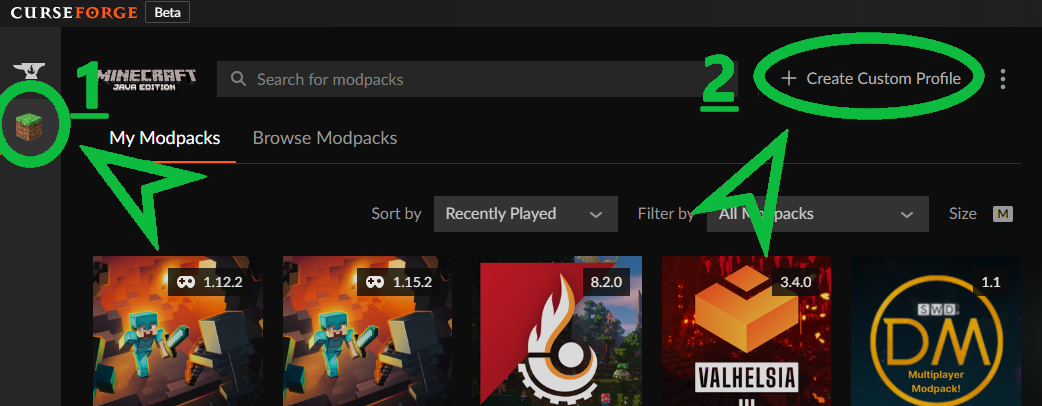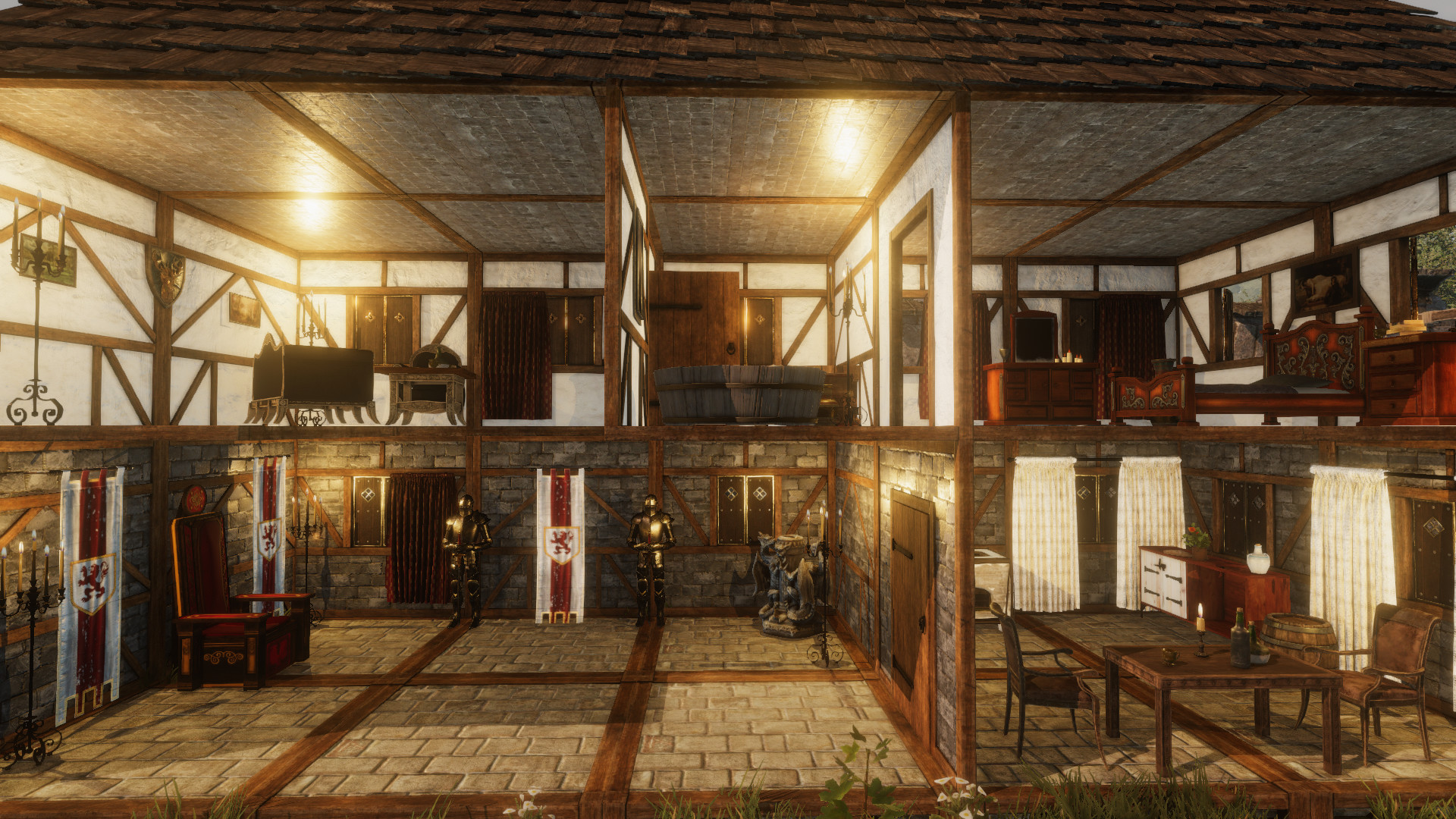Video Games have long graduated from simple fights between good and evil. Games are now tied with intricacies and multiple sides, each believing that they are the ones that are correct.
The question now becomes “How do I put that into my game?”. As with my other articles, there are multiple ways to go about this!
It is best to begin at the beginning!
I want to start with the factions…
The Question to ask here is “Why are there factions in the first place?”
Usally a group splits over an arguement; as creator, you decide what kind of disagreement causes the breakup.
What do people believe in enough that their goals and ideals split? Is it something simpler, like a land disagreement or a family squabble? Are the factions gunning for power, splitting politically? Are the factions after a superweapon, an their reasons for wanting it are causing the divide?
In this way, the creation of the factions and therefor, their very existence drives the story.
Emphasis
By creating them first, it puts more emphasis on them, rather than other aspects. This works in your favor if you want to use your story to explore methodologies or philosophies, and what causes people’s differences.
Having factions be at the center of your story allows for discussions with lines drawn in the sand, and it’s up to you (or your players) to decide if they stay, move, or fade entirely.
Effect
A good way to gauge how much your factions affect the story you’re creating is this:
What happens if something about the faction changes?
If destroying the faction of choice does nothing, then it has no impact on the story. This isn’t necessarily a bad thing: If it impacts the World or the characters, it can stay! Asking this question can help gauge how much you want to focus on that faction. If it’s deemed insignificant, than you can skim over it, or maybe change your story if you’re really attached to the idea of it.
What does the faction add to your story?
As mentioned above, if the addition of this faction bolsters other parts of your story, it should stay in. Depending on how much it affects the rest, you can draw the players/readers attention to it by having the story be more closely tied to the factions.













